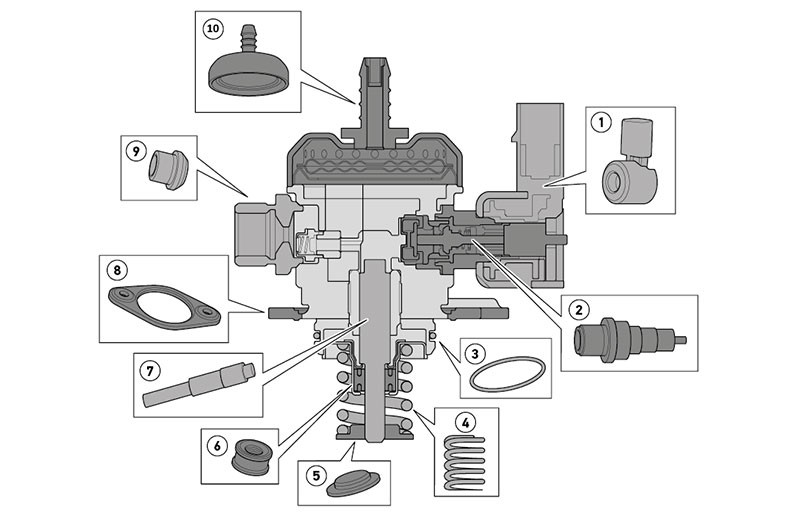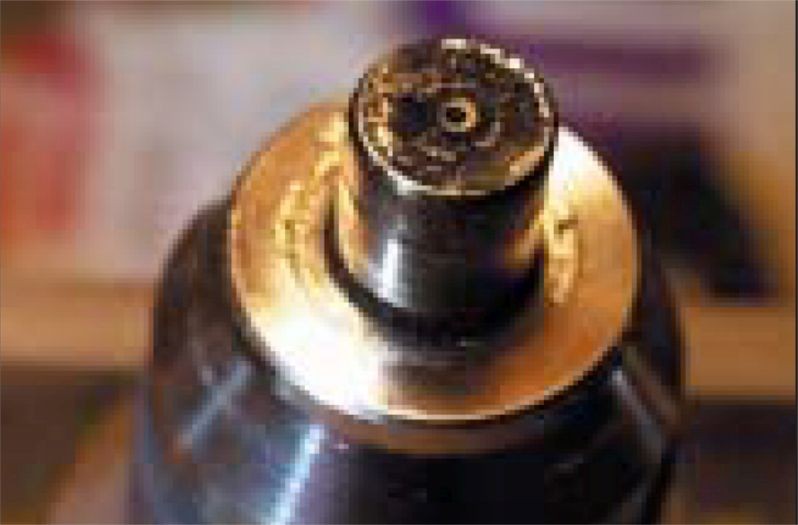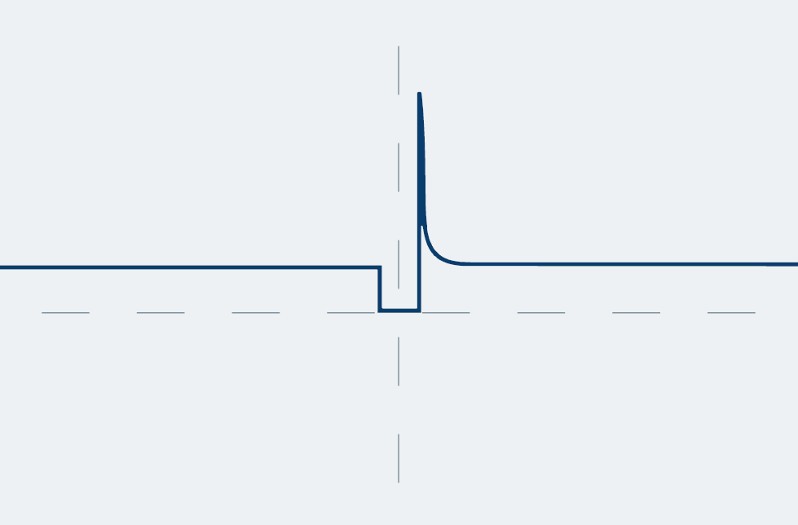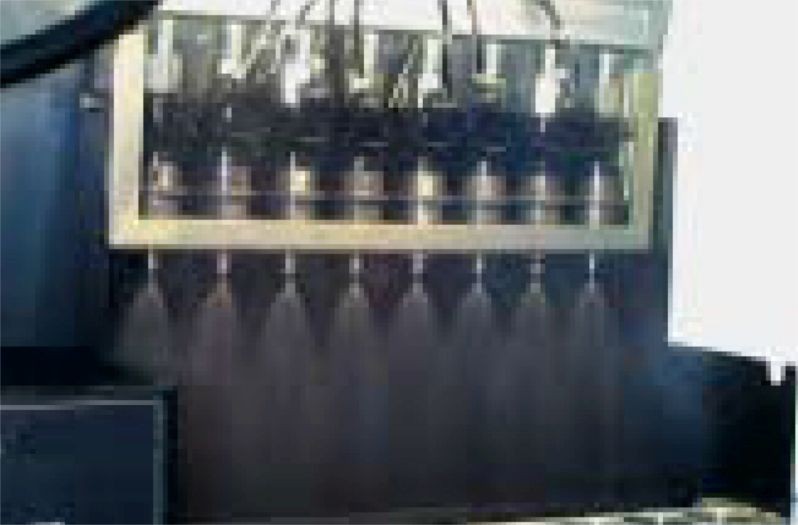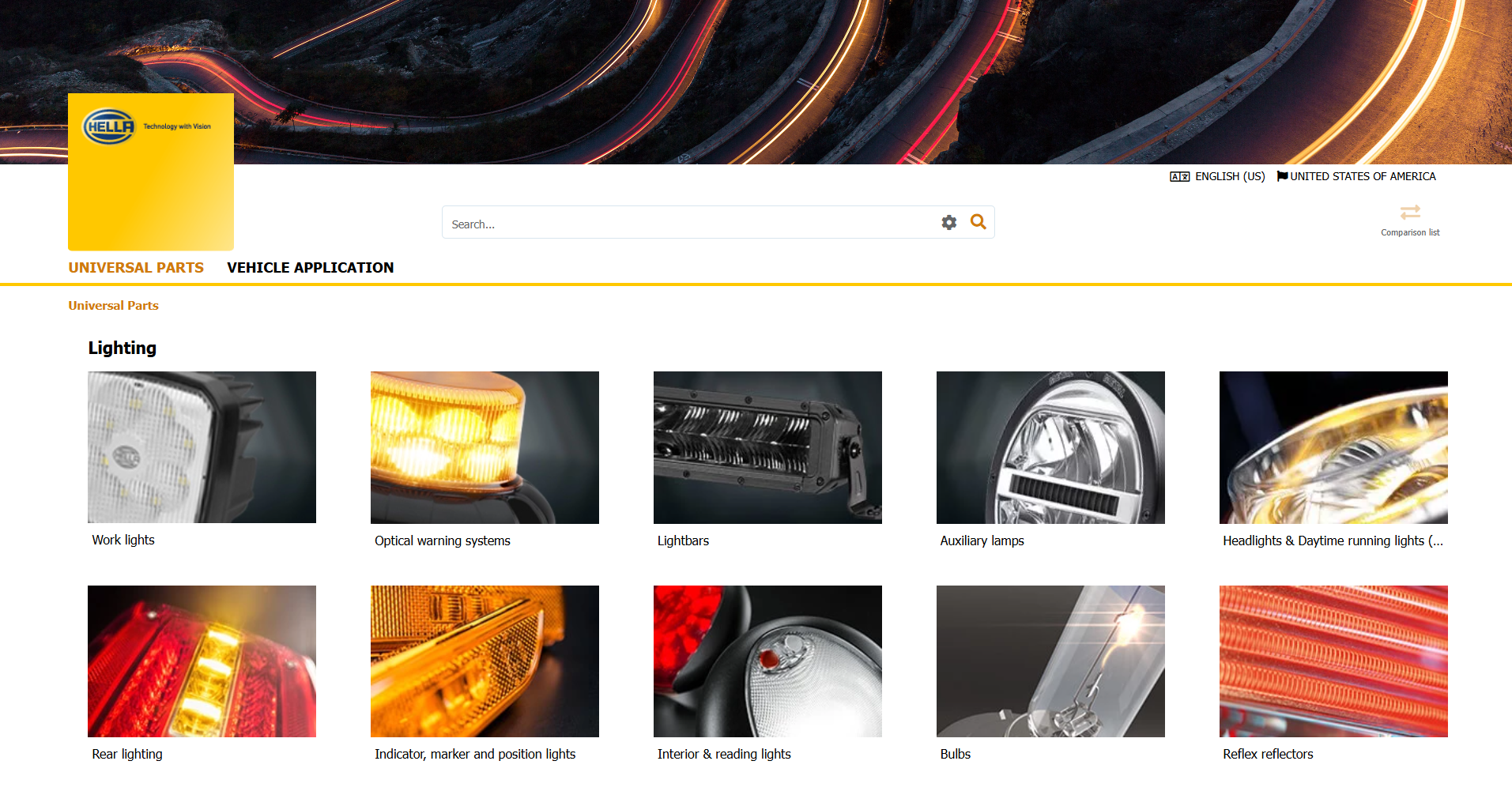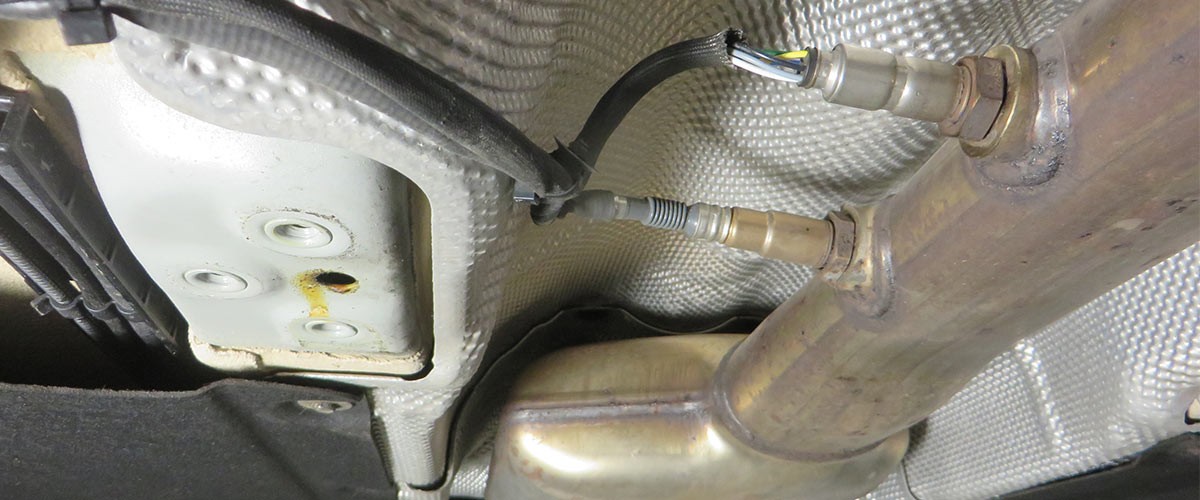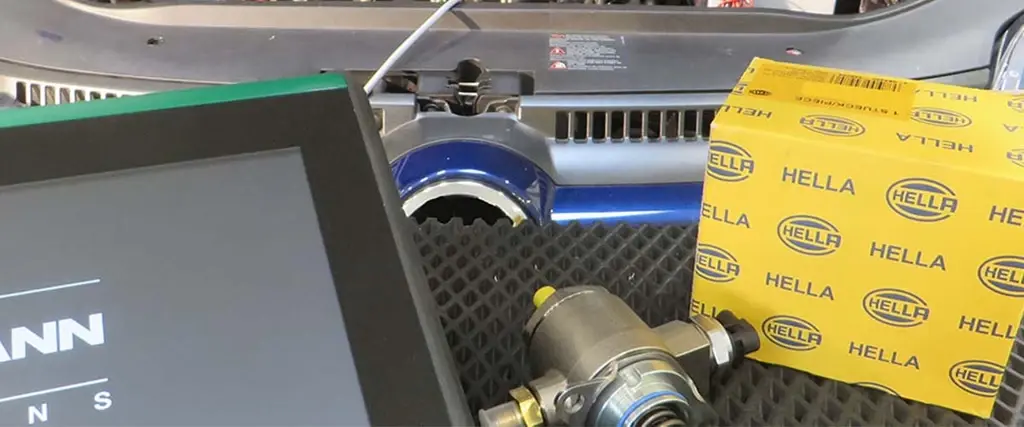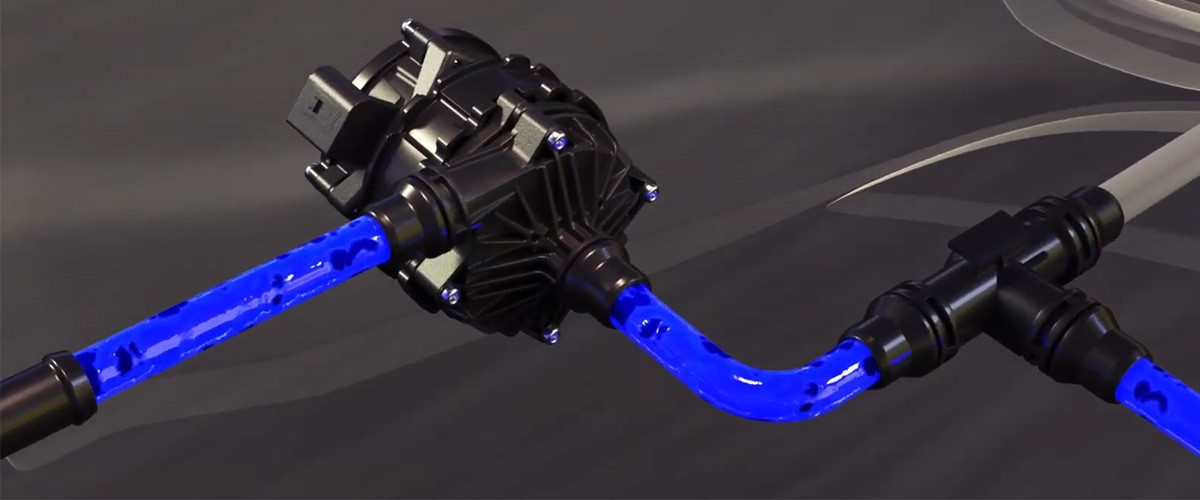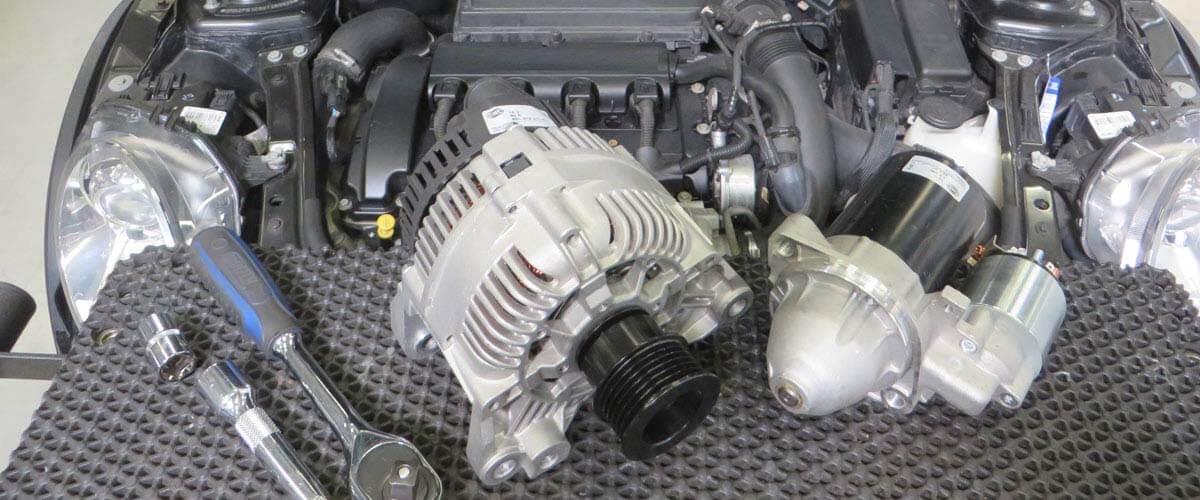Compare the injected fuel quantity
Using a cylinder comparison measurement and simultaneous exhaust measurement, the injected fuel quantity can be compared based on the drop in speed and the HC and CO values for the individual cylinders. In the best case, the values will be identical for all cylinders. If there are major deviations between the values, it may be that not enough fuel is being injected (a large quantity of unburnt fuel = high HC and CO values, whereas little unburnt fuel = low HC and CO values). The cause may be a faulty injection valve.

